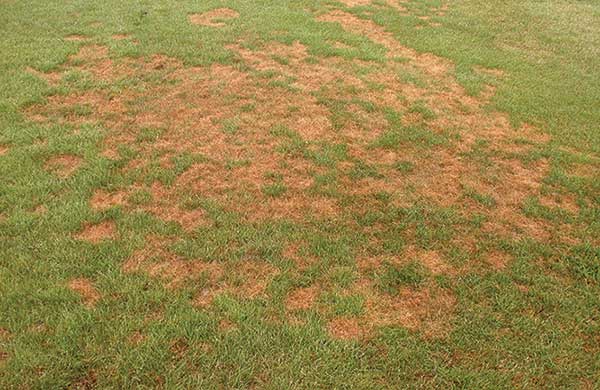Off the Record: Behind the scenes of alternative pest management research
One of the many goals of USGA research in the 1990s was to evaluate alternative pest management strategies. With so much negative publicity about pesticides, the hope was to reduce the pesticides needed to maintain golf courses.
The USGA provided funding for the evaluation of these alternative methods. Even though researchers have devoted time and effort to biological control, there are very few scientifically documented cases where these methods perform as well as their pesticide counterparts.
A fascinating project during this research was the biological control of turfgrass diseases under Eric Nelson, Ph.D., at Cornell University. He focused on Enterobacter cloacae, a bacterium that protects plants from soil-borne pathogen infections.
It is particularly effective in preventing diseases in turfgrass, such as those caused by Pythium species, Magnaporthe poae, and Sclerotinia homoeocarpa — for example, Clarireedia spp., also known as dollar spot.
Deactivating Pythium
Nelson did not know the mechanism by which E. cloacae suppresses plant diseases. However, previous work indicated that E. cloacae have traits related to the suppression of seed and seedling rot caused by Pythium ultimum. Pythium species respond rapidly to germinating seeds and growing roots is a crucial aspect of their interaction with plants.
Pythium species rely on specific molecules called exudates to infect plants. Interfering with the production and activity of these stimulatory molecules can be an effective biological control mechanism against Pythium diseases.
Nelson’s research explored the possibility that E. cloacae suppress Pythium diseases by deactivating these stimulatory molecules. E. cloacae can utilize seed exudates from various plant species as a carbon and energy source while reducing their activity on Pythium ultimum sporangia within a few hours.
Nelson’s research identified unsaturated, long-chain fatty acids in plant exudates as the primary molecules that elicit Pythium responses. Analysis of these exudate fatty acids revealed that linoleic acid is the most abundant unsaturated fatty acid found in exudates from different plant species.
Further research
To investigate the relationship between fatty acid metabolism and biological control processes, Nelson used a molecular genetic approach to generate mutants of E. cloacae deficient in fatty acid metabolism. These mutants could no longer suppress Pythium ultimum in bentgrass tests, indicating the importance of fatty acid metabolism in biological control activity.
The findings also suggest that the inactivation of fatty acid germination stimulants could be a vital mechanism biocontrol agents use to interfere with pathogens. Screening methods for effective biocontrol organisms could consider the ability to inactivate these stimulants.
Biological control of turfgrass diseases using microorganisms has faced disappointments. Despite the availability of diverse and effective microorganisms in research labs worldwide, companies have commercialized few beneficial inoculants.
The slow game
The industry has also been hesitant to adopt biological control for a handful of reasons.
Introducing unfamiliar and more complex biological technologies requires additional knowledge and skills.
Fungicides are cheaper, easier to store and more simple to apply than microbial inoculants, which can complicate a turfgrass manager’s job.
To address this, niche markets like regulated areas, golf courses and organic turf management can be explored. However, small companies lack licensing and development resources, hindering microbial commercialization.
Many available microbial products lack research and credibility, so caution is advised when selecting them. Replace ineffective products with researched strains and application technologies to effectively use them.












